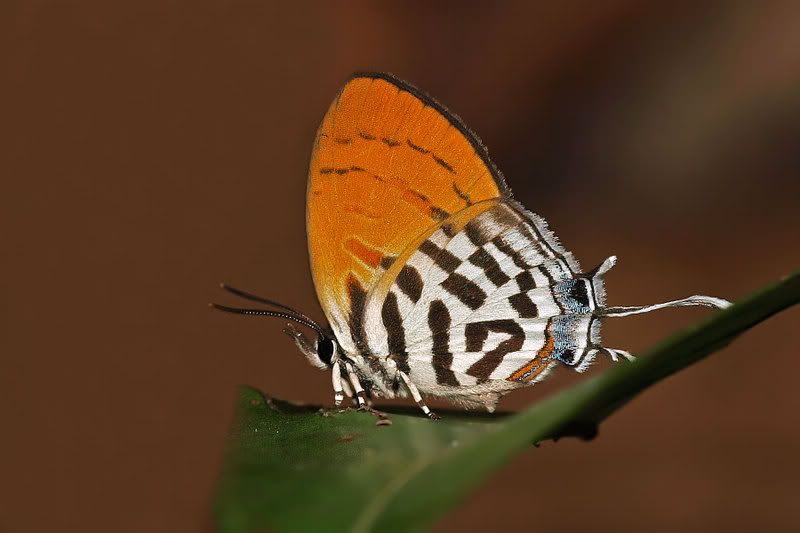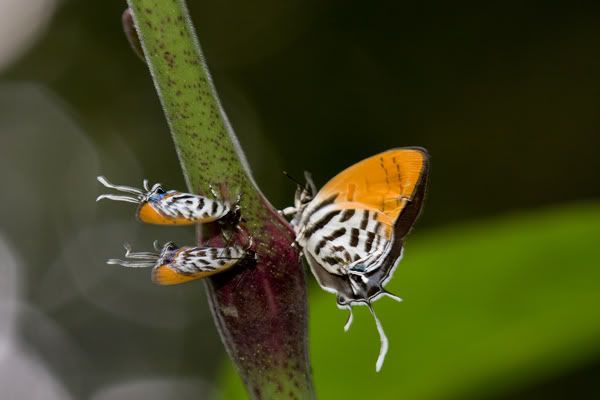hihi... would like to find an answer for the above question...
shot the following today... its much smaller than a common but some how it does not have the features of a pygmy... can some expert help me ID??.. thanks!

hihi... would like to find an answer for the above question...
shot the following today... its much smaller than a common but some how it does not have the features of a pygmy... can some expert help me ID??.. thanks!

Terry Ong

yeap i shot them yesterday too. maybe it is a female pygmy
I also dunno, but is surely a very posy
Noted there are 3 distinct types in terms of marking and size of posies there on location......
#1
Common Posy
#2
"Dwarf" Common Posy
#3
and the Pygmy Posy .
In terms of size ,#2 and #3 of the same size , and it is possible that #2 could be a female of #3 , was there for 3 days hoping to confirm this suspicion by capturing a mating pair of #2 with #3 , so far no luck as yet.
Here are some shots of them together :
note upper one is a "Dwarf"
2 on the upper left are Pygmy Posy
the pair on the left are Pygmy Posy

In general the fore wings of female posies are more rounded as compare to the males of the species .
Other than different in size , the marking differences of the posies are as bracketed:
Top down:
1."dwarf" Posy.... suspect might be a female Pygmy Posy ... to be verified.
2. Male Common Posy
3. Suspected Male Pygmy Posy
4 Suspected worn out female Common Posy
5. Female Dark Posy

tks sunny for the excellent illustration